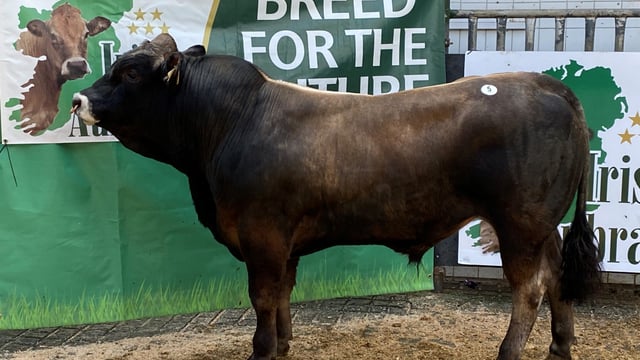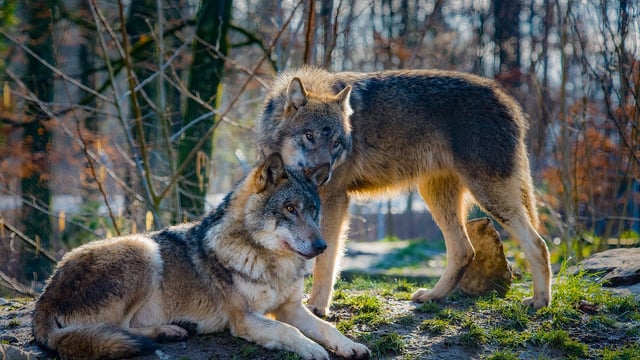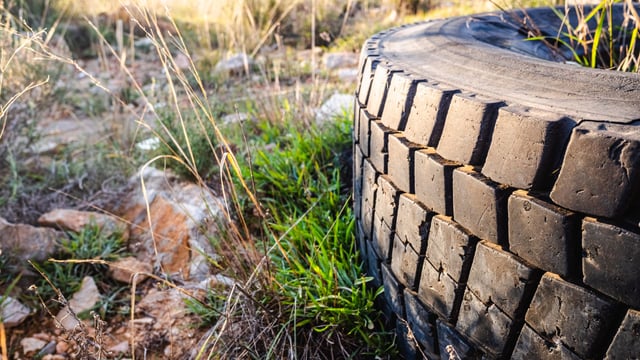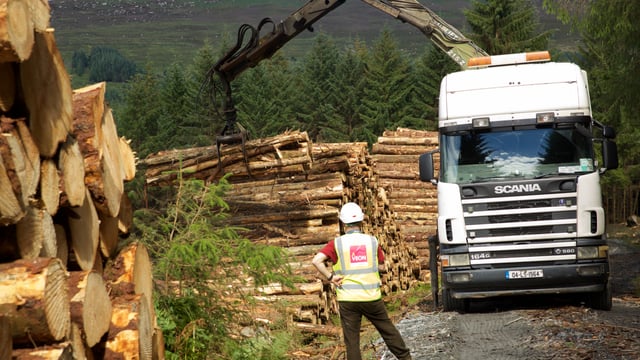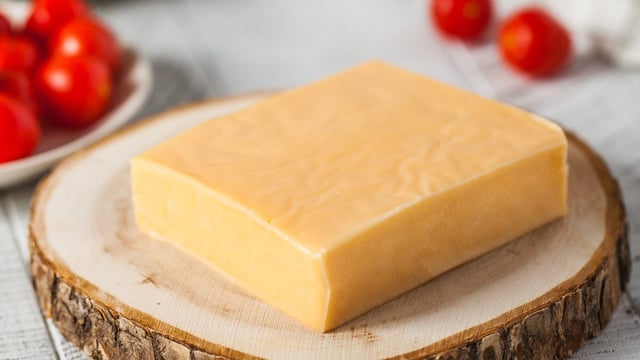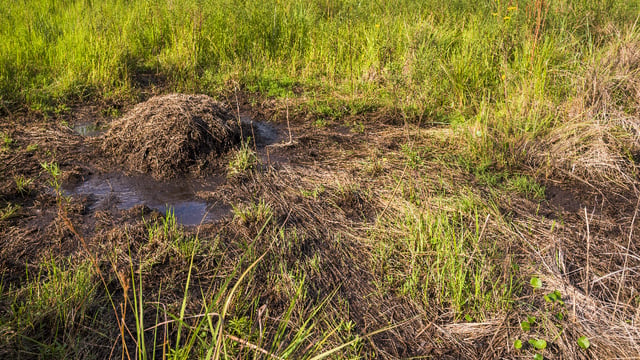Keeping up to date with fertiliser application amidst strong growth
Grass growth has taken off in the last week to 10 days, which has left many farms with an abundance of grass, but fertiliser application must be kept up to date.
Grass growth is up at 77kg of grass dry matter (DM)/ha/day for the last week according to Pasturebase Ireland and farmers stocked above 170kg of nitrogen (N)/ha should be applying around 20 units of N/acre to make the most out of the growth.
Often, when grass begins to grow and there is a lot ahead of the cows, the temptation might be to skip a round of fertiliser.
For drier soil types ,100kg of N/ha (80 units/ac) by the start of May is the target, and about 80kg N/ha (60 units/ac) by the start of May for heavier soil types.
It is important to keep up to date with this fertiliser application as if cows are grazing heavier covers, once those paddocks are grazed, they will often be depleted of nitrogen and will be crying out for an application.
The good grass growths should encourage farmers to continue as they are with fertiliser application as, if it leads to a surplus of grass on the farm, well and good, as this quality baled silage is always welcomed for the shoulders of the year.
If there is a surplus on the farm, do not delay in getting that paddock cut and fertilised and back into the round, as we have seen in the last week that the grass situation can change very quickly from a grass deficit to a surplus - and who's to say it will not swing the the other way just as quick.
The temptation can often be to leave a paddock or two to bulk up even more, potentially delaying it beyond the next round which could be costly and cause a deficit on the farm while making lesser quality bales.
Fertiliser application
Farmers should keep sulphur out on the grazing ground and apply about 5kg of sulphur/ha per rotation and up to a total of 20kg/ha/year by July 1, according to Teagasc.
If there is a phosphorus (P) allowance on the farm. paddocks that have received little to no slurry should be topped up with some P, maybe in the form of product such as 18-6-12 + S.
Talk to your advisor on what the appropriate rates are, as it will depend on the soil index, your nutrient management plan, and what has been spread to date.
N applications on grass-white clover swards can begin to be reduced and should only ideally be done if there is over 20% clover in the sward, to prevent a decrease in total dry matter production.
This decrease in N application usually occurs in May, as growth rates and heat in the soil ramps up. Once a clover content of your paddocks has been assessed, the N strategy based on Teagasc's guidelines below should be chosen.
The N application strategy based on the sward's clover content percentage is as follows:
| April clover content % | Mid Feb | Mid March | Mid April | Mid May (2 rotations) | Mid June(2 rotations) | Mid July(2 rotations) | Mid Aug | Mid Sept | Total |
|---|---|---|---|---|---|---|---|---|---|
| Chemical Fertiliser (kg N/ha) | |||||||||
| Grass sward | 24 | 36 | 20 | 32 | 28 | 28 | 21 | 23 | 212 |
| 5% | 20 | 35 | 20 | 20 | 20 | 20 | 20 | 20 | 175 |
| 10% | 20 | 35 | 20 | 15 | 15 | 10 | 15 | 20 | 150 |
| 15% | 20 | 35 | 20 | 15 | 10 | Soiled water | 10 | 20 | 130 |
| 20% | 20 | 35 | 20 | 15 | Soiled water | Soiled water | Soiled water | 15 | 105 |
The chemical N application on grass swards can be increased to 230kg N/ha if the N application is reduced on your grass-white clover swards, as long as the whole farm N limit is not exceeded.


